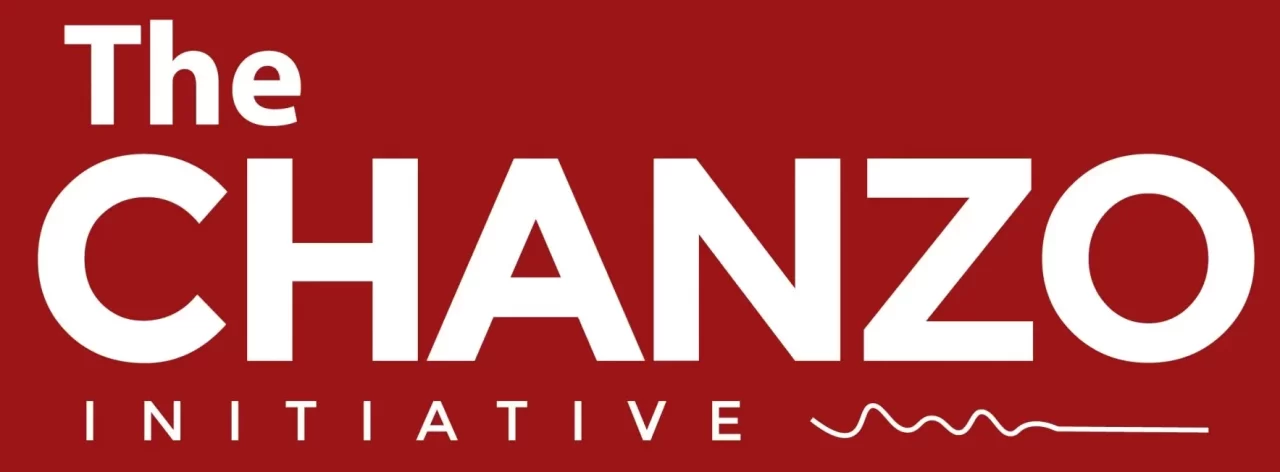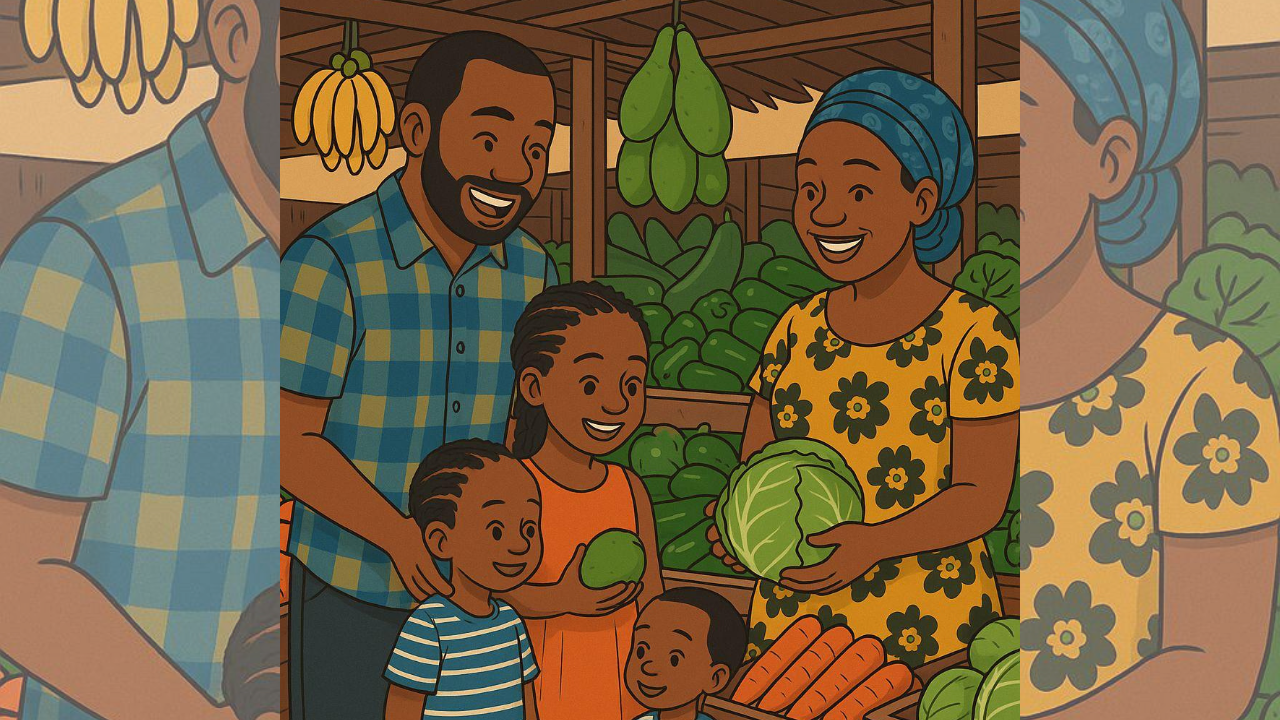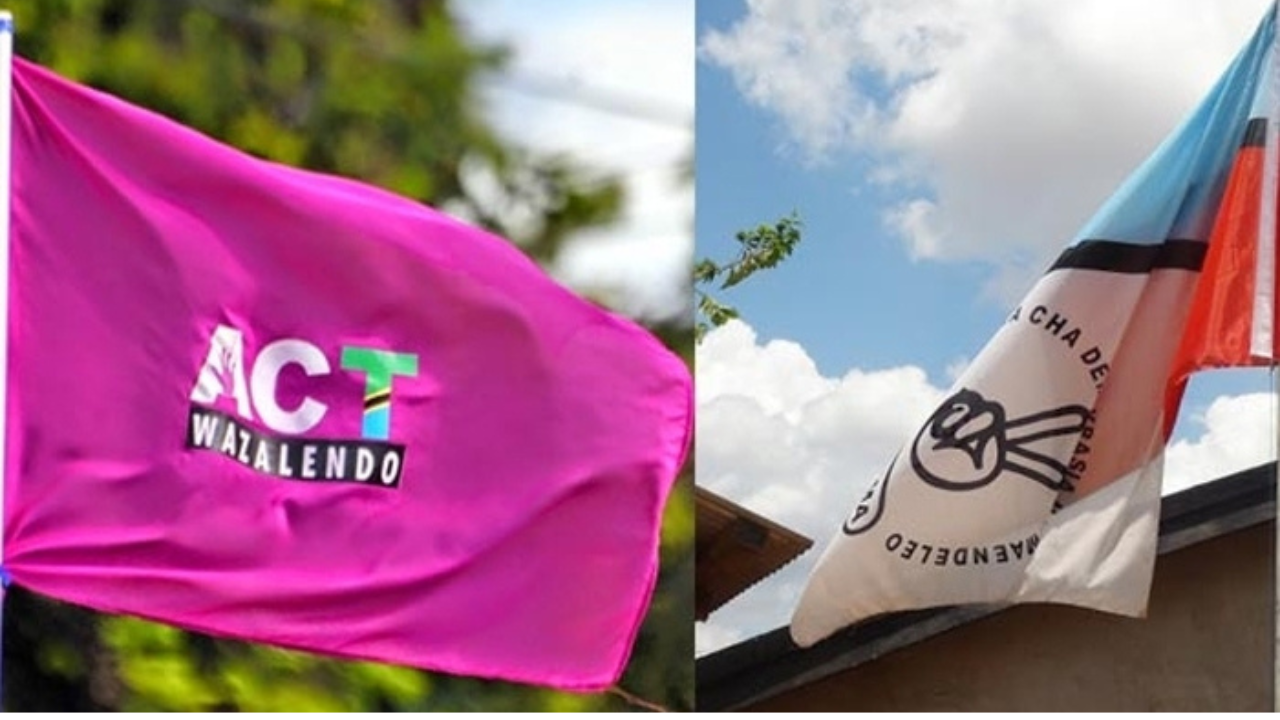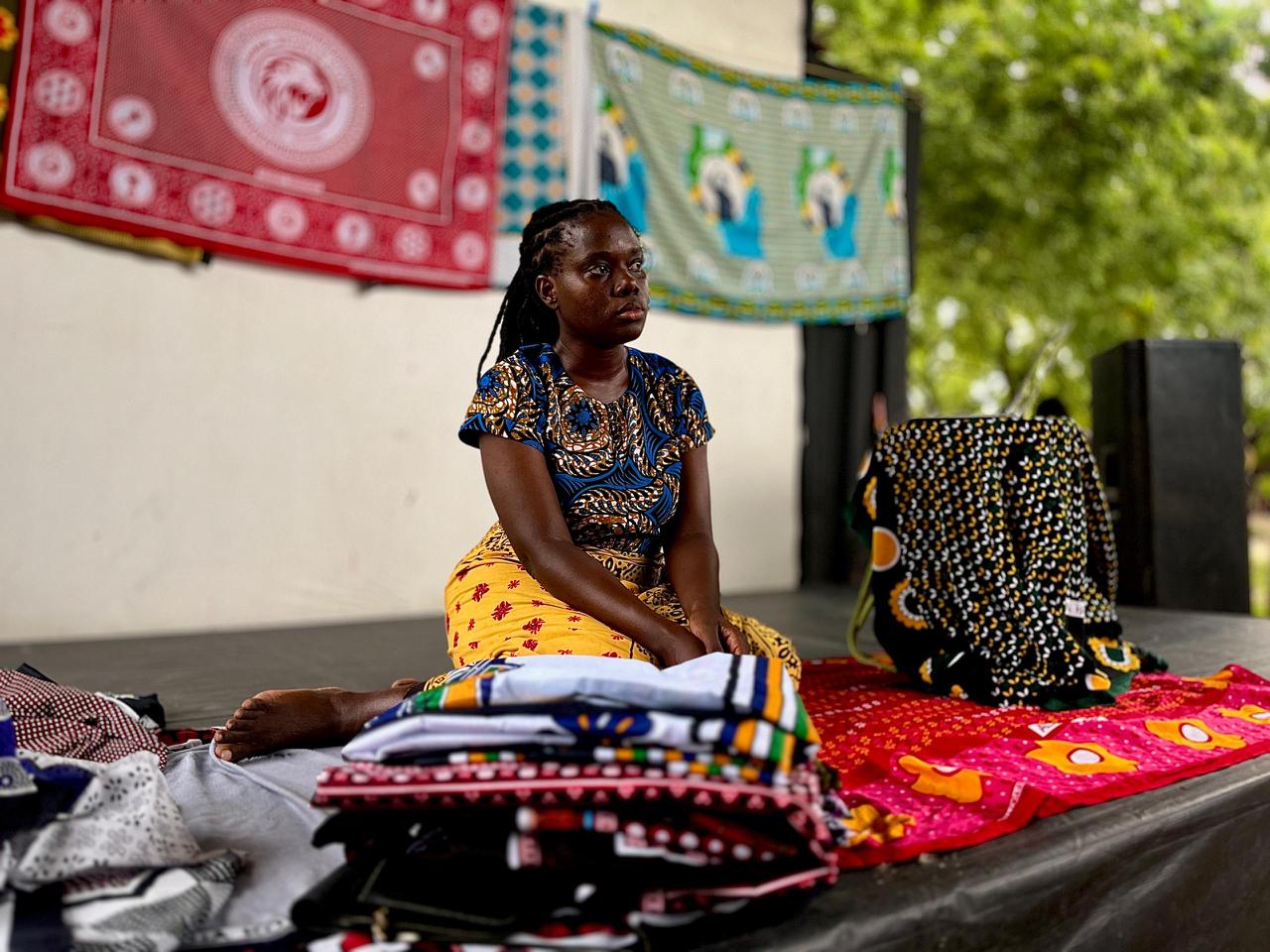Multipartism in Tanzania has a fascinating history, which teaches us that there are always three relevant political parties at any given time: the ruling party, the main opposition party, and the up-and-coming party. This pattern has been observed without fail from 1995 to the present day.
In 2005, the ruling party was Chama cha Mapinduzi (CCM), the main opposition party was the Civic United Front (CUF), and the up-and-coming party was Chama cha Demokrasia na Maendeleo (CHADEMA). The three parties came in first, second, and third in that order in both the presidential and parliamentary elections.
In 2010, CCM remained the ruling party, but CHADEMA had become the main opposition party, relegating CUF to the up-and-coming position. Just like in the 2005 elections, this order was reflected in the presidential and parliamentary elections.
In 2015, CCM remained the ruling party, CHADEMA maintained its position as the main opposition party, and CUF was relegated out of the third spot, with Alliance for Change and Transparency (ACT-Wazalendo) taking up the mantle of the up-and-coming party.
The pattern of three relevant political parties in Tanzania teaches us two important lessons.
READ MORE: CCM-CHADEMA’s Détente and the Future of Opposition in Tanzania
First, it shows that CCM has successfully used its incumbency to maintain power. Incumbency refers to the advantages a party in power enjoys, such as access to state resources, media coverage, and name recognition.
These advantages can make it difficult for opposition parties to challenge the incumbent party.
Second, the pattern suggests that there is a large number of Tanzanians who want to see other parties thrive and hold the CCM accountable. Despite the CCM’s dominance, opposition parties have made significant gains recently.
This suggests that Tanzanians are becoming more discerning voters who are willing to support parties that offer a viable alternative to the status quo.
However, the pattern also shows that voters can be fickle. The main opposition party in Tanzania has changed several times over the past two decades. This suggests that voters are not always satisfied with the performance of the main opposition party and are willing to switch their support to other parties.
Long road ahead
Despite its recent electoral successes, the Tanzanian opposition has yet to find a winning formula.
In 2014, the opposition took a step in the right direction by forming a loose coalition of parties called Umoja wa Katiba ya Wananchi (UKAWA), which included CHADEMA, CUF, NCCR-Mageuzi, and NLD.
READ MORE: Opposition Divided Over Samia’s Intention to Meet its Leaders
The coalition was chaired by Ibrahim Lipumba, CUF’s national chairperson, and co-chaired by the late Emmanuel Makaidi of NLD. While UKAWA was a promising development it was ultimately unsuccessful due to two key flaws.
First, the member parties did not have fundamentally aligned ideologies, and their cooperation was driven primarily by their opposition to the ruling CCM party.
Second, rather than having a long-term plan for growth, UKAWA appeared to be a marriage of convenience aimed at capitalising on the declining popularity of President Jakaya Kikwete.
As a result, instead of fielding one of their own candidates for president in the 2015 elections, the coalition backed Edward Lowassa, the former Prime Minister who had just lost the CCM’s presidential primaries.
I have no personal qualms with Mr Lowassa, and I admire his ability to switch parties in an election year and still win more votes than any opposition presidential candidate before him.
U-turn
However, the fact remains that the opposition, especially the main opposition party, CHADEMA, had spent the better part of seven years portraying Lowassa as the epitome of corruption and misconduct.
This made UKAWA’s decision to appoint Lowassa as its flag bearer seem opportunistic and insincere.
READ MORE: Stakeholders Resolve to Proceed With Minimum Constitutional Reforms Ahead of Elections
The foregoing also had the unintended consequence of allowing CCM to portray its candidate, the late John Pombe Magufuli, as the no-nonsense, anti-corruption and anti-waste candidate, in contrast to Lowassa.
The failure of UKAWA highlights the challenges facing the Tanzanian opposition. To be successful, the opposition needs to unite behind a common vision for the country and develop a long-term strategy for growth.
It is also important for the opposition to field credible candidates who can offer voters a real alternative to the ruling party.
After UKAWA failed to win the presidency and parliament in 2015, the coalition fractured, and the underlying issues that had been papered over for the sake of unity came to the surface.
The then CHADEMA Secretary General, Dr Wilbroad Slaa, who felt like the natural choice to run for president under the UKAWA banner following his strong showing in 2010, left the party and the country altogether!
READ MORE: Will DP World Issue Influence Tanzania’s 2025 Electoral Politics?
CUF was plunged into conflict after a misunderstanding between Mr Lipumba and his Secretary General, Sheif Sharif Hamad, who ultimately with his group to ACT Wazalendo.
Quest for unity
The opposition also needs to be more united. In recent years, there has been a proliferation of opposition parties, many of which are small and fragmented. This makes it difficult for the opposition to mount a serious challenge to the CCM.
The opposition would be better served if it could consolidate its forces and unite behind a few strong parties. To avert future failures, the opposition must develop a plan to merge their individual ideologies into a cohesive whole and resolve any differences.
READ MORE: Are Cracks Forming In Tanzania’s Main Opposition Party?
A coalition formed solely to win the next election is doomed to fail. Instead, the opposition should focus on building a stronger coalition and making sustainable gains in the long term.
This might entail current opposition leaders being reserved to the fact that it is not them but possibly the next crop of opposition leaders which might see them toppling the mighty CCM.
My next suggestion is that the opposition should start preparing young leaders within their parties to take up the mantle when the current crop of leaders retires. CHADEMA has a history of identifying, recruiting, and mentoring young talent.
Leaders like Zitto Kabwe, John Mnyika, John Heche, and Halima Mdee were all recruited by the party’s chairperson, Freeman Mbowe, while they were in high school or university.
However, this group of young leaders is not so young anymore, with many of them now well into their forties and closing in on their fifties.
READ MORE: Stakeholders Want Nyalali Recommendations on Multipartyism Adopted
While forty and fifty may seem relatively young in political terms, I unfortunately do not see any of them becoming president, not due to a lack of talent or skill, but due to circumstances.
If the opposition only thinks about parliamentary seats, this is their group. But if they aim for the presidency, that is probably further down the line unless there is a drastic change in the country’s political landscape.
I admire Mr Kabwe and ACT Wazalendo’s work to recruit and mentor young talent. Clearly, Kabwe has learned well from his former chairperson and mentor. ACT Wazalendo undoubtedly has the best crop of young opposition leaders, including Abdul Nondo, Mwanaisha Mndeme, and Ndolezi Petro.
This is why I have predicted on the record that ACT Wazalendo may surpass CHADEMA in popularity in the next few election cycles. However, political science is not exact, and only time will tell.
Activism or politics?
Activism is essential in a free and democratic society, but political parties should stay away from it and leave it to activist groups.
Between 2016 and 2021, opposition parties in Tanzania were forced to adapt and become activist groups because they could not perform their political duties. However, that time has passed, and it is high time for these parties to return to their core missions and start building from the ground up.
READ MORE: ‘Unprecedented’: Reconciliation Drive Pays Off As Samia Graces BAWACHA’s Women’s Day Event
The problem with activism for political parties is that it makes them bedfellows with people who may not share their vision and mission. We saw this with CHADEMA during the Magufuli years when a number of activists latched on to the party.
However, after Magufuli’s death, these alliances began to fade away, and CHADEMA returned to focusing on politics.
Political parties are the voice of reason, while activists are the voice of anger. This means that political parties with activist elements should immediately neutralise those voices and get them on the same page with the party agenda.
Thomas Joel Kibwana is an international relations and business development expert. He is available at thomasjkibwana@gmail.com or on X (Twitter) as @thomasjkibwana. These are the writer’s own opinions and do not necessarily reflect the viewpoints of The Chanzo. Do you want to publish in this space? Contact our editors at editor@thechanzo.com for further inquiries.




